Victoria Pérez-Martínez
Candidature
PhD Candidate
Thesis Title
Can we explain Eucalyptus drought vulnerability from climate-origin, life history and functional traits?
Research Project
Climate change is evident with the increasing frequency and intensity of drought events; forest all over the world are experiencing drought mortality events with enormous ecological consequences. Not all species are being impacted equally in documented mass dieback events; conservation prioritization urgently needs quantification of species vulnerability to drought to ensure the persistence of our unique native forests.
To inform conservation management it is essential to obtain a mechanistic understanding of the factors that make plants vulnerable to drought. Water is conducted in plants by xylem under tension from roots to leaves where water is lost through stomata. As water limitation increases, the tension increases as more water is lost. Under higher tension, xylem vessels are prone to cavitation where an air bubble impedes the flow of water resulting in loss of hydraulic function. Lower tree mortality events have been related with a higher capacity of plants to avoid cavitation, that is, higher hydraulic resistance. In my PhD I am integrating climate-origin, morphological and history life traits, and hydraulic resistance to achieve three aims (1) predict vulnerability to drought, (2) determine the relationship between climate-origin, regeneration strategy (a neglected life history trait), and vulnerability to drought, and (3) investigate environmental plasticity in relation to species distributions. To answer these aims I am focusing on Eucalyptus because it is a widely distributed genus with high morphological diversity and regeneration strategies which evolved during a transition to greater aridity. I am using common garden approach to try to disentangle genetic differences exploring either opportunistic drought scenarios or applying controlled droughts to explore vulnerability and predict species capacity to persist under climate change.
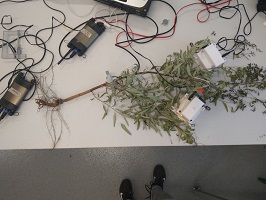
Figure 1. This plant was killed in the name of science. We dehydrated it in the bench laboratory following its water potential and the percentage of cavitation across dehydration of the leaf and the stem with Raspberry Pi cameras inserted inside of the white clamps. To know more about this technique, you can read Brodribb et al. (2017). Plant Physiol. 174:2054-2061.
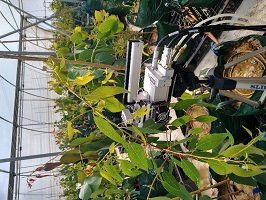
Figure 2. Measuring gas exchange and stomatal conductance to gain a better understanding of how plants response to water limitation.
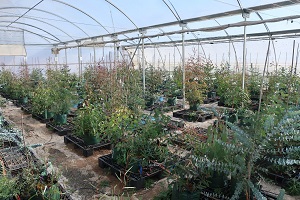
Figure 3. Common garden experiment with eucalypts from all over Australia being subjected to controlled drought to explore the impact and recovery when we take them to their physiological thresholds
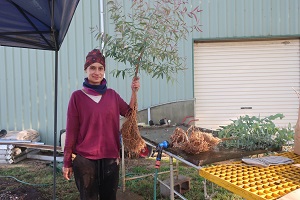
Figure 4. Harvest time to check plant allocation to leaf, stem and roots as predictors of drought vulnerability.
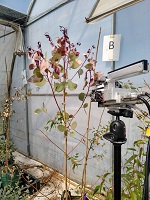
Figure 5. After taking this poor Eucalyptus kabiana to its drought limits, it made it to the other side dropping some leaves. Here we are measuring gas exchange following drought to determine when plants recover and how their life-history and functional traits contribute to the capacity to persist.
Publication
Visscher AM, Vandelook F, Fernandez-Pascual E, Perez-Martinez LV, Ulian T, Diazgranados M, Mattana E, (2022) 'Low availability of functional seed trait data from the tropics could negatively affect global macroecological studies, predictive models and plant conservation', Annals of Botany, vol.130, no.6, pp 773-784
Supervisors
Dr Paul Rymer, Distinguished Professor David Tissue, A/Professor Brendan Choat, Distinguished Professor Belinda Medlyn